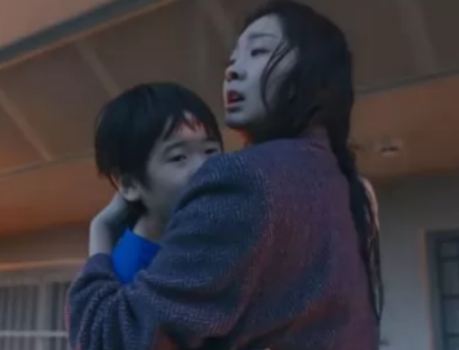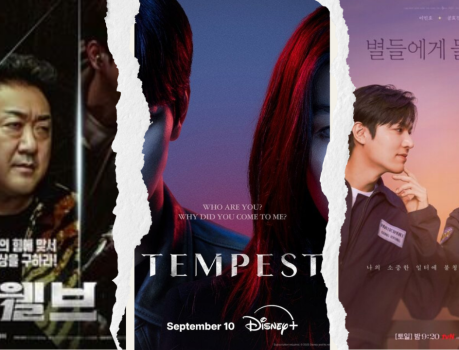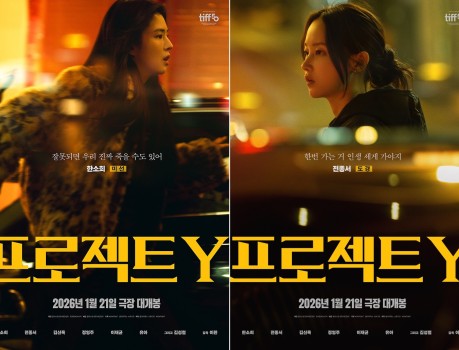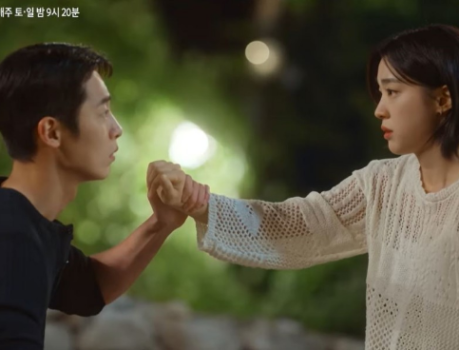Deafness and hearing loss affect 430 million people all over the world, and it's expected that these numbers could increase to 700 million by 2050, affecting 1 in 10 people.
With a large population of deaf and hard-of-hearing people globally, it only makes sense for deaf characters and their experiences to be portrayed in media. K-Dramas are no exception, and many more series are delving into the experiences of deaf people through the characters and stories. However, fiction and reality can differ, and hearing impairment can look different on screen for various reasons. Here's a look at the representation of deafness in K-Dramas vs. reality:
Deaf and Hard-of-Hearing Representation in K-Dramas
Deaf and hard-of-hearing characters have long been a part of K-Dramas. Listen to My Heart, which aired in 2011, male lead Cha Dong-joo is rendered deaf in an accident but pretends he can hear. He connects with Bong Woo-ri, a woman who downplays and hides her intelligence to protect her father, who has a mental disability. More recent K-Dramas have also portrayed hearing impairment. In Twinkling Watermelon, Ha Eun-gyeol is the youngest son of a deaf family, placed under pressure to protect and connect them to the world, which he juggles with his love of music. It's an emotional time travel story in which he tries to understand his father in his youth when they met in 1995. Another recent depiction of deafness is Tell Me You Love Me, where hearing-impaired artist Cha Jin-woo lives in a secluded yet free world, keeping an easygoing disposition despite prejudice against him. He often communicates his feelings using his art rather than words, and he eventually develops a romance with aspiring actress Jung Mo-eun.
Deafness has often been a unique storytelling aspect in K-Dramas, creating a unique premise that affects how characters connect with each other or react to the situations and surroundings they are in. From learning to live with hearing impairment to forming and navigating relationships with hearing or deaf characters, these common tropes often involve deafness.
Real-Life Deafness
In K-Dramas, deafness is often used as a plot device for emotional storytelling, but real-life experiences with hearing impairment are more nuanced. For instance, deaf or hard-of-hearing characters typically use sign language or communicate through speaking or images. Though these are also common in real life, K-Dramas don't often portray the growth of hearing technology that helps improve the hearing of deaf and hard-of-hearing people. Since deafness is often a major part of a character or story, K-Dramas usually emphasize it by making representation feel more familiar and a bit more played up for viewers or use it as a unique aspect in relationships and the plot, so technology isn't typically used.
In reality, many people living with hearing loss use things like hearing aids or hearing assistive technologies, and innovations are constantly emerging. Nuance Audio hearing aid glasses are a recent advancement, blending hearing technology into a stylish glasses frame. Hard-of-hearing individuals can use the glasses to tune into the sounds in front of them with beamforming technology while also enjoying clear vision with prescription lenses or UV protection with transition lenses. Cochlear implants, while not new technology, have also evolved to be smaller, more portable, and increasingly accessible. Those who may not have been able to use them before now have the opportunity to enjoy an improved quality of life. Deafness isn't something that can miraculously be healed to resolve a story. In reality, many deaf and hard-of-hearing people can leverage technology to help them hear and communicate with others and enjoy daily life.
Developing Deaf Representation in K-Dramas
Deafness and hearing impairment aren't new in K-Dramas, but there's been some debate on whether these portrayals serve as good representation. If not careful, deaf representation can reinforce negative stereotypes of helplessness or focus too heavily on overcoming deafness rather than embracing the positive aspects of deaf culture and uplifting deaf or hard-of-hearing individuals. However, K-Dramas have also become more inclusive of deaf and hearing-impaired characters, giving them a more prominent spotlight in the story rather than having them be side characters. Newer dramas also embrace it, portraying characters who live with deafness proudly rather than hiding it. There's still much progress that can be made to ensure proper deaf representation, not just in K-Dramas but also in media from all over the world.











